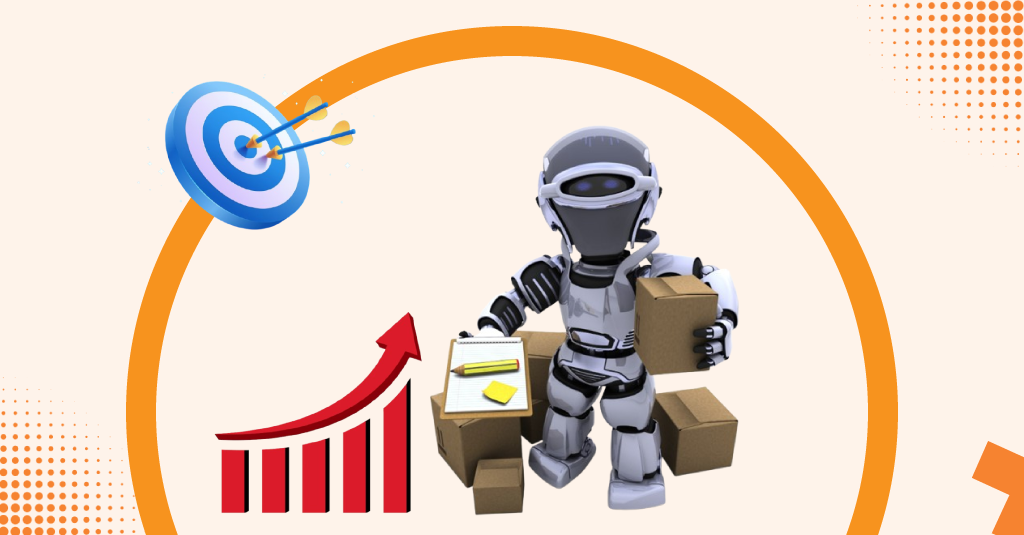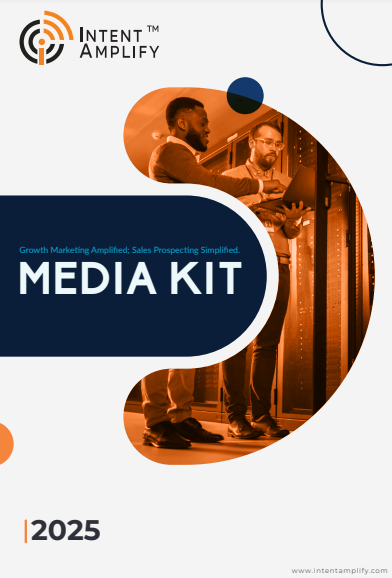
How Personal Selling Drives B2B Sales in 2025
- Last updated on: June 24, 2025
Personal selling has become a key marketing strategy over the last decade or so.
In B2B, relationships matter the most and deals run deep, human interaction remains the X-factor.
Let’s explore why personal selling matters in 2025, and how marketers can use it to crush goals.
Why Personal Selling Still Matters
Automation and AI dominate digital headlines. Yet, B2B buyers chasing multi-stakeholder approvals and complex solutions want more than clicks. They want real connections.
That’s where personal selling makes the difference. A personal touch with one-on-one conversations, empathy, and human insight makes a lot of difference to the whole selling process. According to Mailchimp, “Personal selling puts a human face on your brand and builds relationships more meaningfully than traditional marketing”
It’s tailored, consultative, and human‑driven precisely when trust is non-negotiable.
Without it, your pipeline feels cold and so do your prospects.
Understanding Personal Selling in a B2B Environment
Personal selling is defined as direct interpersonal communication between a sales professional and a prospective customer with the objective of matching an identified need with a custom solution.
In B2B, where decisions are intricate and relationships matter, personal selling continues to be a core method for generating revenue and establishing confidence.
This process generally follows an organized set of steps, each leading to an improved and more tailored buying experience:
Prospecting
Sourcing potential customers who are a good fit for the product or service by predefined criteria.
Pre-approach
Carrying out extensive research to learn about the prospect’s business issues, marketplace position, and objectives.
Approach and Discovery
Establishing touch in a considered, meaningful way and asking strategic questions to uncover pain and opportunity.
Presentation
Presenting a custom proposal or demonstration crafted to satisfy the prospect’s exact requirements.
Objection Handling
Listening very carefully to objections and answering with good, empathetic reasoning creates confidence in the solution.
Closing
Capturing the prospect’s commitment through clear steps forward and mutual agreement on value.
Follow-up
Ongoing communication after the sale to ensure satisfaction, promote adoption, and look toward future opportunities.
All of these steps are made possible by the human touch—active listening, flexibility, and relationship-building, beyond the capabilities of technology itself.
The 2025 Game-Changers for Personal Selling
1. The AI-Personalization Power Boost
By 2025, AI isn’t a gimmick, it’s a must-have.
Firms like Kensium highlight that generative AI now empowers personalization across the buyer’s journey
- Deep buyer insights from CRM + intent data
- AI-suggested talking points or objections to prepare for
- Chatbots handle routine queries, freeing up reps to sell
- That personalized angle isn’t optional, it’s expected.
2. Buyers Expect B2C-Level Experiences
The buyer in today’s B2B era demands personalized interactions, not mass-market outreach. Personalization is now the minimum expectation, with increasing buyers demanding experiences that understand their individual needs and preferences.
In the future, hyper-personalization, behavior, firmographics, and relevance of message, is poised to fuel greater engagement and more authentic connections in B2B marketing. Kensium states that by 2025, hyper-personalization, behavior, firmographics, and story-fit, will be responsible for more B2B engagement
Why Personal Selling is a Strong ROI Play
Personal selling still yields quantifiable returns to B2B organizations, particularly within industries where trust, personalization, and long-term value are paramount to the buying experience. Here’s why:
Accelerated trust building
Personalized communication in the way of video calls or voice messages establishes rapport sooner than impersonal mail. Leads are more open when they hear and see.
Improved objection handling
One-on-one conversations allow salespeople to pick up on verbal and non-verbal cues. This helps them respond to objections more subtly and understandingly, leading to more productive conversations.
Increased conversion rates
Consultative selling, which involves learning the buyer’s unique requirements, usually produces more robust interaction and higher win rates compared to transactional or mass-market sales.
More customer loyalty and retention
Human selling builds relationships past the point of the first sale. Customers who have personal, value-based interactions are more likely to renew, increase usage, and refer.
Practical Tactics for 2025
Listen first—talk second
Start every conversation with questions, not pitches. Ask about priorities before jumping to features.
Use smart personalization
Show that you researched their industry, read their content, or have mutual connections. Tie in details that matter like revenue pressures, staffing changes, and competitive landscape.
Make it human
Open video calls with a visible smile. Crack a joke. Share a short story. Let your personality show, even on camera.
Lean into consultative selling
Dig into their pain points. As Mailchimp outlines, consultative selling means “getting to know the customer needs and create personalized experiences”
Leverage digital signals
Track behaviors in email open, whitepaper downloads, and event attendance. Use those cues to personalize your pitch or escalate to a rep.
Follow up with meaning
A “just checking in” message isn’t enough. Follow with a new insight, case study, or a question on how their challenge has evolved.
Balancing Human Interaction with Automation
Automation is a critical factor in amplifying sales efforts, but only if applied as a strategic tool to augment, rather than replace, human interaction.
Automate routine tasks
Employ automation for tasks like meeting scheduling, reminders, and answering repetitive questions to allow reps to devote their time to higher-value discussions.
Use AI to optimize timing
AI can bring patterns to the surface and rank next-best outreach prospects based on what they’re doing, so sales interactions are timely and relevant.
Keep messaging authentic
Automated contact does not necessarily have to lose the tone of empathy. Personalized emails and messages must still be read as if written especially for him or her, not as part of some broad initiative.
Integrate with marketing campaigns
Leverage automation in order to integrate with marketing triggers. So, for example, if a lead downloads price information or views a webinar, this must trigger a personalized follow-up by a salesperson.
By blending automation and human-facilitated selling, teams can grow without losing the one-on-one contact that builds trust and closes the sale.
Final Thoughts: The Human Edge in 2025
In 2025, digital is table stakes, but genuine human interaction remains the winning move.
In the B2B world of today, it’s not about being fast or data-driven. It’s about being real and relevant. Personal selling empowers sales forces to connect with authenticity, react with empathy, and shepherd buyers through decision-of-record choices with confidence.
Your reps are your secret weapon. Empower them with smart tools. Give them autonomy. Deepen their skills in listening, storytelling, and empathy.
As automation grows, so does the value of being human. And in B2B, humanity wins deals, builds loyalty, and moves markets. That’s personal selling in 2025.
FAQs
1. How does personal selling enhance ROI in B2B?
It speeds trust, enhances objection management, boosts win rates, and generates renewals—making it a powerful long-term revenue driver.
4. When should B2B businesses utilize personal selling?
Personal selling works best with long sales cycles, high-dollar deals, multi-stakeholder purchases, or where building trust is essential.
3. What are the stages in the personal selling process?
Key steps are prospecting, pre-approach, discovery, presentation, objection handling, closing, and follow-up—each facilitated by human interaction.
4. Why is personal selling necessary in 2025?
With automation on the rise, buyers require human touch. Personal selling instills trust, enhances conversions, and fosters long-term relationships.
5. How does AI assist personal selling in B2B?
AI solutions assist sales representatives with personalizing messages, understanding buyer actions, unearthing intent signals, and prioritizing outreach without eliminating human intervention.
Let’s connect, optimize your strategy, and drive real results, because in today’s market, speed, personalization, and precision aren’t nice to have, they’re necessary.





